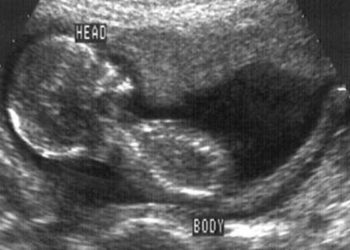Long term outcomes following surgical interventions for endometriosis
1. Amongst large cohort of women in Ontario who underwent endometriosis surgery, women who undergo major conservative surgery are less likely to seek medical attention for pain and have repeat surgical intervention compared to those undergoing minor conservative surgery.
Evidence level rating: 2 (Good)
Endometriosis is a chronic inflammatory condition that presents a significant burden on a patient’s quality of life and the healthcare system. In this population-based retrospective cohort study conducted on women aged 18 – 50 who underwent endometriosis surgery between April 1, 2002 and March 31, 2018 in Ontario, researchers sought to characterize the long term outcomes for patients undergoing surgical management of endometriosis. The surgical interventions were classified into diagnostic laparoscopy, minor conservative surgery, major conservative surgery (with and without bilateral salpingo-oopherectomy [BSO]), and hysterectomy (with and without BSO). The primary outcome was the occurrence of repeat surgery, whilst the secondary outcomes were consultation for infertility and subsequent births. Of the 84,885 participants who underwent endometriosis surgery, 3.2% were diagnostic laparoscopy, 25.4% were minor conservative surgery, 33.6% were major conservative without BSO, 2.5% were major conservative with BSO, 25.5% were hysterectomy without BSO and 9.9% were hysterectomy with BSO. The average age of the participants at surgery was 37.5 years + 7.7 and they were followed for a median of 10 years to examine whether they had repeat surgery. The study concluded that the risk of repeat surgery was low for those who underwent a hysterectomy (0.4% for hysterectomy with BSO and 1.9% for hysterectomy without BSO). For those who underwent diagnostic laparoscopy, 26.5% had repeat surgery. Additionally, 25.3% of patients having minor conservative surgery, 18.8% of major conservative surgery without BSO and 2.1% of major surgery with BSO went on to have repeat surgery. Infertility assessments after diagnostic laparoscopy, minor conservative surgery, and major conservative surgery (without BSO) were 50.8%, 41.5%, and 38.4% of patients <44 years, respectively. Five years after index surgery, 28.5% participants who underwent diagnostic laparoscopy, 29.4% of those who had minor conservative surgery, and 20.7% of major conservative surgery without BSO had given birth. Overall, women undergoing major surgery were less likely to require a repeat surgery when compared to those undergoing minor conservative procedures, providing valuable data that can be used to further guide discussion between care teams and patients in the preoperative phase.
Click to read the study in AJOG
Image: PD
©2021 2 Minute Medicine, Inc. All rights reserved. No works may be reproduced without expressed written consent from 2 Minute Medicine, Inc. Inquire about licensing here. No article should be construed as medical advice and is not intended as such by the authors or by 2 Minute Medicine, Inc.







